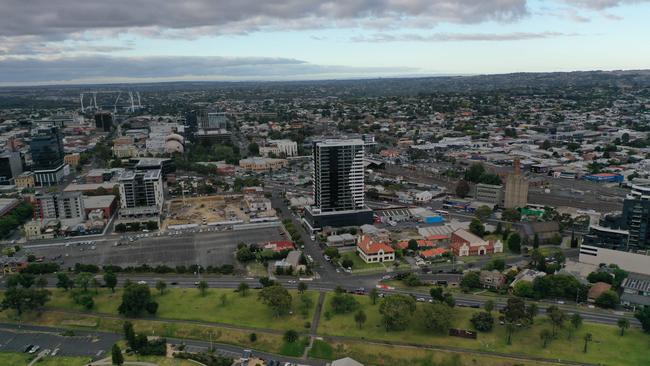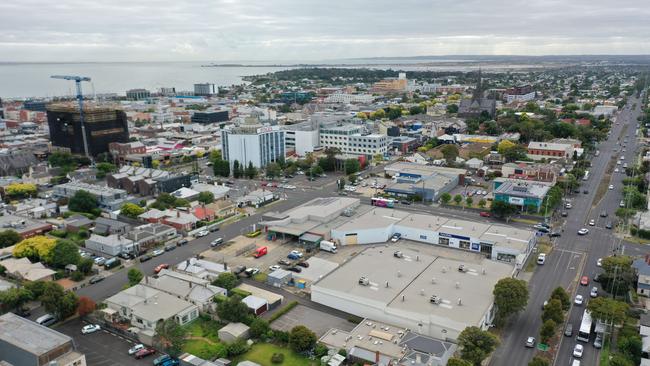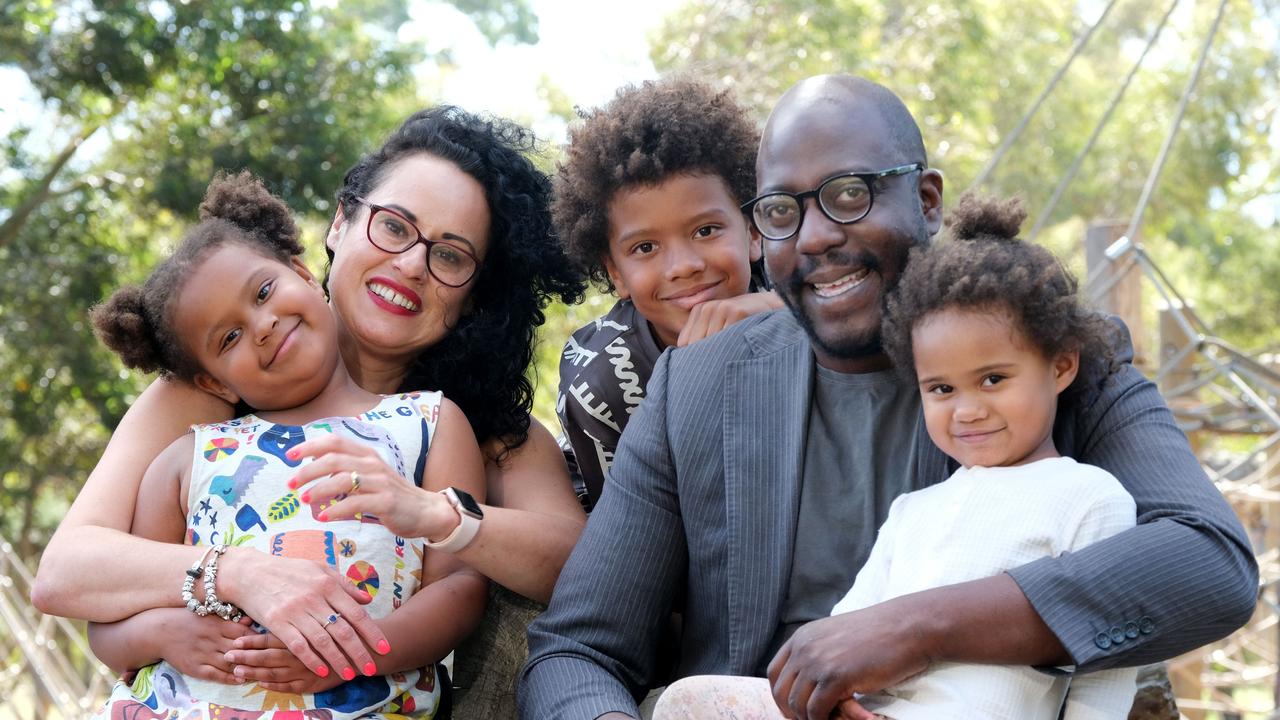‘Prosperous’: What Geelong’s booming future could look like
Geelong’s population is growing rapidly. So what will it take to ensure the city continues to prosper? Find out here.

Geelong
Don't miss out on the headlines from Geelong. Followed categories will be added to My News.
Geelong’s prime location and hub of industry will be the key to maintaining its booming population, experts have revealed.
Geelong has seen unprecedented growth during the pandemic and is poised to reach 500,000 people by 2047, according to a Committee for Geelong report.
The Geelong Advertiser has launched the Future Geelong campaign in a bid to create a blueprint to ensure Geelong remains the most desirable city to work, live and play in.
Demographics Group co-founder Simon Kuestenmacher said several external factors were pointing toward a “prosperous future” for the region.
“If a city embraces its future and proactively plans along and restructures, a Geelong at 500,000 people will be a prosperous city to live in,” he said.
“The size of the city is not important, it’s about how it deals with growth”
Statistics released by advisory service KPMG found the Surf Coast, Geelong and the Bellarine Peninsula were Victoria’s fastest growing regional areas between 2019-2022.
The Surf Coast and Bellarine Peninsula grew by more than 13,000 people, while Geelong added 8400 residents in the same period.
If Geelong took a larger portion of Melbourne’s projected growth it could be home to 1,120,312 people by 2056, according to the Regional Australia Institute.
Mr Kuestenmacher said post-pandemic growth revealed an increasing number of Melburnians fleeing the city in search of a more affordable regional lifestyle.
“You have young families, in their late 20s and their early 30s, leaving the hipster suburbs of Melbourne behind and moving into Geelong,” he said.
“Geelong is avoiding the fate of other regional cities that lose people in their 20s and 30s. It gives the city a very healthy age profile.”

The 2019 Gateway Cities report developed in collaboration with the City of Greater Geelong, Committee for Geelong and representatives from Newcastle and Wollongong, touted the region’s advantage in connecting to the rest of the country.
Critical infrastructure such as roads, rail and ports, economic diversity, full-service health and education options as well as a longstanding sporting and artistic presence in the region primed the city for long-term growth.
Successive local, state and federal governments have invested heavily in the Geelong region, pledging high speed rail along the Geelong line, a new arts precinct, new council offices, the duplication of Barwon Heads Rd, a green spine through the city centre and upgrades to Geelong train stations.
Greater Geelong Mayor Trent Sullivan said the city had “everything you could wish for” when looking for a place to live.
“Part of Geelong’s ever-increasing popularity is that it offers a laid-back lifestyle free from the hustle and bustle of Melbourne, while still being just an hour away from the state capital,” he said.
“We have undergone a major transformation away from our traditional blue-collar reputation and I am proud that we are now globally recognised as a smart city.”
Private industry has also driven investment in new technology, with news of Australia’s first hydrogen refuelling station in the works at Viva Energy, and the nation’s largest wind farm taking shape in nearby Rokewood.
Urbis director Kate Meyrick said the city had “great bones” to build on.
“We’re seeing great survival rates for small and medium sized businesses, but I’d like us to build out more high-value jobs,” she said.
“There’s also growth in people with degrees, and when you couple that with the fast growth in business enterprise you’re starting to see a strong entrepreneurial community take shape.”
Family relishes slower pace
Niyi and Lucretia Adedoja wanted to escape Melbourne after two years of successive Covid lockdowns.
The pair and their three children from Moonee Ponds were among thousands of Melburnians who made the move to Geelong during the pandemic.
“We’ve always loved Geelong,” Mr Adedoja said. “Before we moved, we’d always come down to the foreshore or on a holiday. The move was something we’d talked about, but after Covid, because we both work from home we just decided to do it on a whim, and found a place within a month.”

Now the Highton family has everything to flourish.
“Geelong feels like a big country town,” Mr Adedoja said. “You’ve got all the amenities of a city, but it’s quiet and relaxed with a community feel.
“You drive an hour one way and you have pure countryside and the Great Ocean Road, and an hour the other way and you’re connected into Melbourne. It’s not as hectic as Melbourne, but you still feel connected to it.”
The two-week Future Geelong editorial campaign kicked off today.
A lunch for 300 people discussing Geelong’s future opportunities and barriers will be held at GMHBA stadium on March 1.
For more information, click here.
More Coverage
Originally published as ‘Prosperous’: What Geelong’s booming future could look like





